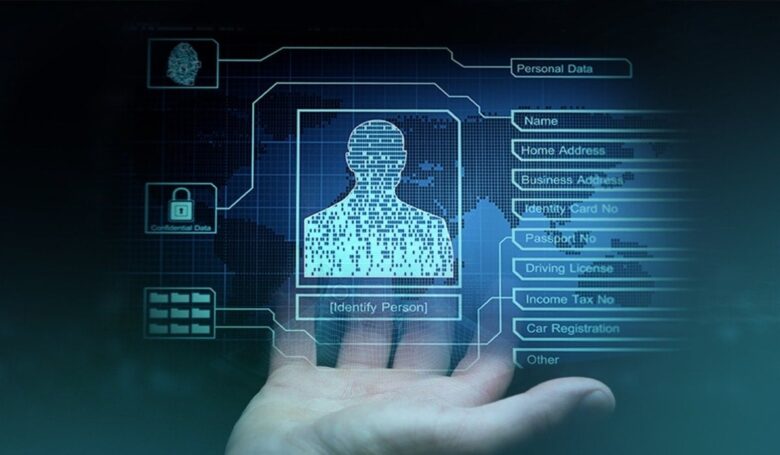The advent of online banking has made everything easier than ever, allowing us to access our money virtually anywhere. However, this convenience also brings significant security risks. As more money moves online, the risk of fraud and identity theft increases. Banks and other financial institutions are constantly looking for robust ways to secure customer accounts, and digital identity verification is one of the best ways to do this. This technology fundamentally changes the way we protect our money online, making digital banking safer for everyone.
Growing Need for Cybersecurity
As we enter the digital age, we are conducting more transactions online than ever before. This makes effective security measures more important than ever. Passwords and security questions are no longer sufficient to protect against advanced cyberthreats. Hackers are becoming increasingly adept at bypassing these simple security measures, leading to more security breaches. A single security breach can cost a bank millions of dollars and cause irreparable reputational damage. For customers, this can mean losing all their money and having to go through a lengthy and painful process to restore their identity. As threats continue to grow, it’s crucial to have advanced security solutions that accurately confirm users’ identities and protect personal financial information from those who shouldn’t have access to it.
What is Digital Identity Verification?
Digital identity verification is the process of ensuring that users are who they say they are online. Digital identity verification works differently than traditional methods that rely on information you know, such as a password. It typically includes information you possess, such as your phone number, as well as personal information, such as a fingerprint or facial scan. This process gives each user a unique digital identity, making it difficult to falsify or steal. Financial institutions can build a stronger and more sustainable defense against fraud by verifying users through multiple data sources. This ensures that only the actual account holder has access to their funds and personal information.
How Digital Identity Verification Works
Digital identity verification typically involves several key steps. It usually begins when a user attempts to log in or initiate a transaction. The system might first ask the user to present a government-issued ID, such as a driver’s license or passport, which they can scan with their phone’s camera. Advanced artificial intelligence (AI) then examines the document for signs of tampering to verify its authenticity. The user is then typically asked to take a selfie. Biometric technology verifies that the live image matches the photo on the ID. This combination of document verification and biometric analysis ensures that the person accessing an account is the actual account holder, making it significantly more difficult for fraudsters to break in.
Benefits of Digital Identity Verification for Banks
Adding digital identity verification to online banking services has many benefits. The most important is the significant improvement in security. By requiring multiple forms of verification, banks can significantly reduce the risk of unwanted access and fraudulent transactions. This not only protects the assets of both customers and banks but also builds trust. Furthermore, a secure and simple identity verification process improves the overall customer experience. Biometric technology allows users to easily log in to their accounts without having to remember complicated passwords. The onboarding process for new customers reflects this efficiency, enabling them to open an account in minutes rather than days, regardless of their location.
The Future of Digital Identity Verification
Digital identity verification technology is developing rapidly. We may see even more advanced technologies emerge in the coming years. Artificial intelligence and machine learning are becoming increasingly important, enabling systems to detect subtle signs of fraud by observing user behavior in real time. In the future, blockchain technology has the potential to establish decentralized and immutable digital identities, providing individuals with enhanced control over their personal data. As these technologies evolve, online banking will become not only more secure but also more personalized and user-friendly. This process will change the way we interact with banks.
Conclusion
Digital identity verification is no longer a possibility for the future; it is essential for ensuring the security of online banking. It can effectively combat the growing problem of cybercrime and protect banks and their customers from serious harm. By abolishing outdated security procedures and implementing new verification technologies, the banking industry can continue to offer convenient digital services without compromising security. This technology will continue to improve, making the world of digital banking safer and easier for everyone.
FAQs
1. Is verifying someone’s digital identity absolutely secure?
Digital identity verification is significantly more secure than traditional methods like passwords, although no system is completely secure. It’s quite challenging for people who shouldn’t have access because it uses multiple layers of technology, often combined with document analysis and biometrics.
2. What information is collected when verifying a digital identity?
The process typically uses information from a government-issued ID (such as your name, date of birth, and photo) and biometric data (such as a scan of your face). Banks and other financial institutions are legally required to use strong encryption and security measures to protect this private data.
3. Does verifying someone’s digital identity replace passwords?
Often, yes. Many banking apps now allow users to log in with biometrics like their face or fingerprint instead of a password. This feature is not only more secure but also more convenient for users.
4. What should I do if my government-issued ID is stolen?
Even if a scammer has your real ID, they still need to complete biometric verification (a live selfie) to access your account. This “liveness” check plays a crucial role in preventing stolen IDs or ordinary photos from fooling the system.
5. Is this technology difficult to use?
Digital identity verification technology is designed for ease of use. Typically, clear on-screen instructions guide customers through the process. This technique allows them to verify their identity in just a few steps using their smartphone.




